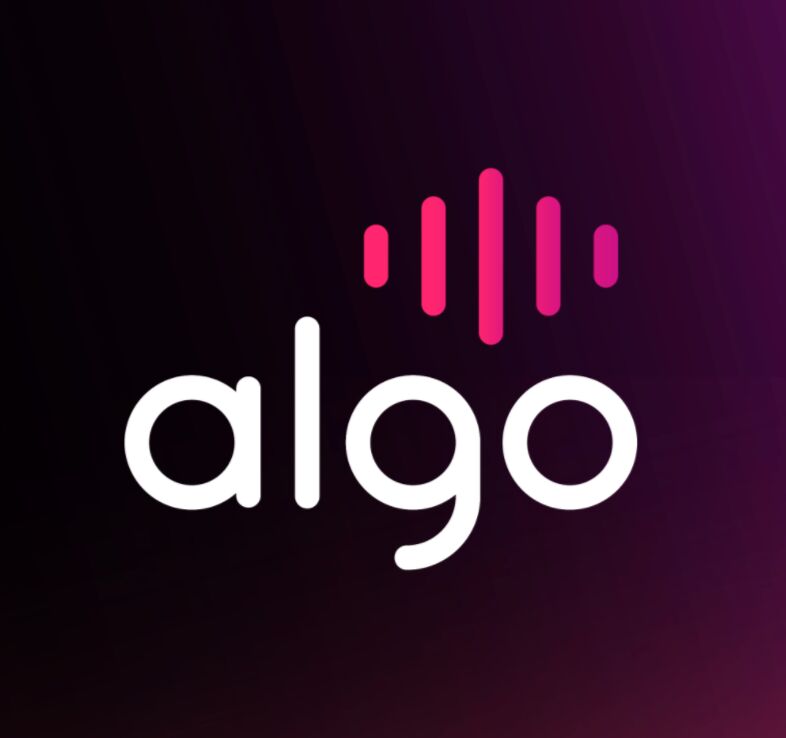It’s no secret that the success of a business is largely dependent on accurate demand planning— it’s crucial for companies to be able to anticipate customer demands and plan accordingly, as it often determines the future profitability of their product or service. However, this can prove difficult in today’s ever-changing market conditions.
Thankfully, through new technology such as “demand sensing”, organizations can take advantage of real-time supply chain intelligence to stay ahead of any changes in demand and stay attuned with customers at every stage of the sales journey.
In this blog post we will uncover how leveraging real-time data fast-tracks quantifiable results for enterprises worldwide when it comes to intelligent demand planning, and how these latest developments are optimizing operations end-to-end from sales channels all the way down supply chains.
What is Demand Sensing?
Demand sensing is all about taking advantage of the massive amounts of data that are generated throughout a company’s operations and using that data to make informed decisions about future demand. By analyzing information from a wide variety of sources— including point-of-sale data, social media, weather reports, and more— companies can gain a much more accurate understanding of what consumers want and adjust their supply chains accordingly. This can lead to reduced waste, better customer satisfaction, and improved profitability.
The Benefits of Demand Sensing
Effective inventory control is crucial for any business, and demand sensing can be a game-changer in achieving this goal. With demand sensing, businesses can easily track the fluctuations in product demand and take appropriate measures to avoid overstocking or running out of popular items.
Additionally, demand sensing allows for more precise sales forecast accuracy, giving companies a competitive edge in terms of planning and executing marketing strategies. Another significant benefit of demand sensing is enhanced customer satisfaction. By anticipating demand and having the necessary stock on hand, businesses can ensure faster delivery times and fewer instances of out-of-stock scenarios, ultimately improving the overall customer experience and increasing loyalty.
The Components of an Accurate Demand Sensing Strategy
Demand sensing is a complex process that requires the right combination of algorithms, data sources, and analytics tools. Algorithms play a critical role in identifying patterns and trends in the data, while advanced analytics tools help to visualize and interpret the results.
Data sources can range from internal databases to external sources such as social media and web searches. An accurate demand sensing strategy is crucial for businesses looking to optimize inventory levels, reduce waste, and improve customer satisfaction. By understanding the key components of demand sensing, companies can make more informed decisions about pricing, promotions, and product availability, ultimately leading to increased sales and profitability.
Demand Sensing in Action
As the demand for goods and services can fluctuate rapidly, companies are now turning to advanced technologies to ensure they can keep up with customer needs. From retail to manufacturing, many businesses have already adopted demand sensing, and the results have been remarkable.
For instance, major retailers like Walmart and Target are leveraging demand sensing to predict what items customers are likely to purchase before they even enter the store. This enables them to maintain optimal inventory levels and avoid overstocking, thus reducing waste and improving their bottom line. Walmart delves into this tech implementation here.
Additionally, manufacturing companies such as Unilever and Procter & Gamble are using demand sensing to optimize their supply chains by accurately forecasting product demand and adjusting their production schedules accordingly. Clearly, the advantages of demand sensing are undeniable, and as technology continues to evolve, we can expect to see increasing numbers of companies relying on it to stay competitive.
Strategies for Successful Implementation
When it comes to creating a successful demand sensing process, there are certain strategies that can make all the difference:
- Build a strong collaboration between your sales and supply chain teams. They need to work together closely to ensure that customer demand is accurately predicted and fulfilled in a timely manner.
- Another important aspect is to make use of technology such as machine learning and predictive analytics to analyze customer behaviors and anticipate their needs.
- Cultivate a flexible and agile supply chain that can quickly adapt to changing demands and market conditions.
By implementing these strategies, you can create a demand sensing process that is both effective and efficient, ensuring customer satisfaction and business success.
Common Challenges and Tips on Overcoming Them
Certain challenges may arise from demand sensing, such as the inability to accurately predict demand fluctuations, leading to inventory stock outs or overstocking; or the lack of proper communication and coordination between different departments, leading to different predictions of demand. Fortunately, there are ways to overcome these issues.
Some tips include:
- Investing in machine learning algorithms to improve accuracy,
- Applying predictive analytics to forecast demand accurately,
- Creating an efficient communication strategy amongst all departments involved in demand sensing.
These actions will assist businesses in overcoming these challenges and ultimately lead to greater efficiency, increased revenue, and happier customers.
Wrap Up
In conclusion, demand sensing is a powerful tool for companies looking to revolutionize their demand planning strategies— especially post-Covid. By utilizing this approach to develop real-time insights on market trends, companies can ensure that their inventory is always well-stocked with the right items at the right time. It’s essential for organizations to properly identify their data sources, leverage proper analytics tools and creative algorithms to help maximize data relevancy and accuracy. Deliberate effort put into properly utilizing demand sensing ultimately will result in a successful end product that yields positive results for the business.
If you’re looking to explore ways on optimizing your demand forecasting, our Supply Chain Intelligence experts can help. Reach out today!
About the author

Algo
Combining human centered AI with deep domain expertise, Algo’s analytics enriched supply chain intelligence platform helps suppliers and retailers plan, collaborate, simulate and execute a more efficient supply chain.


